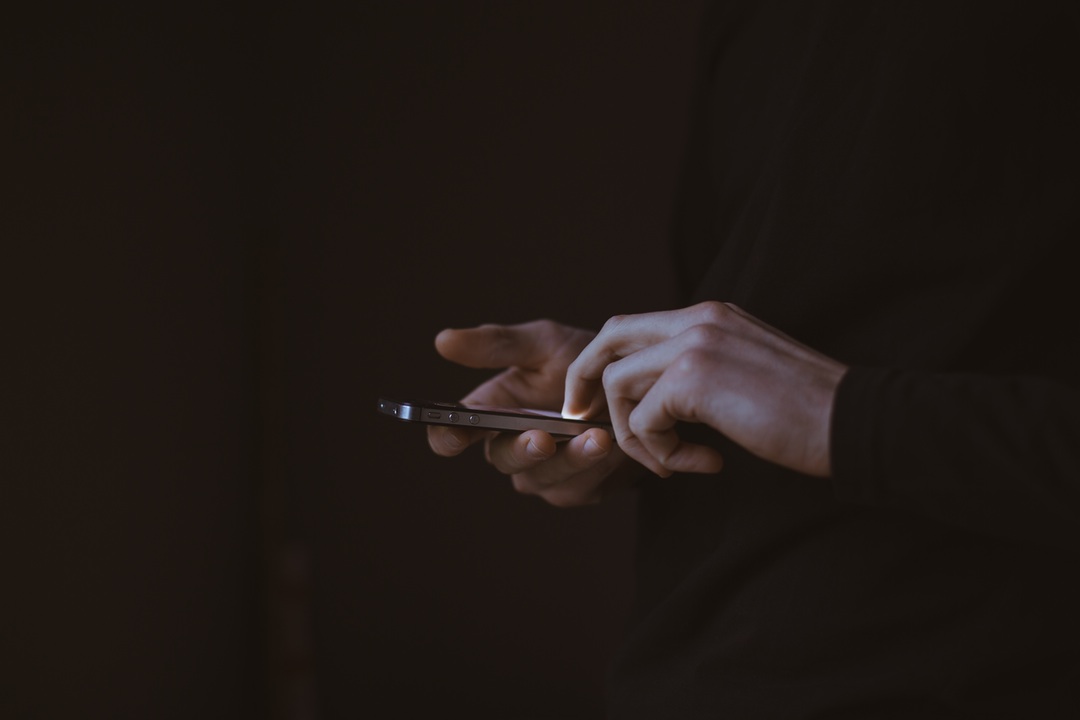
It is no secret that nursing home abuse can come it many forms. Most commonly, we see this occur physically, sexually, financially and emotionally. However, another type of abuse that has been on the rise is workers at nursing home facilities have been sharing photos and videos of residents on social media channels such as Facebook, Instagram and Snapchat.
ProPublica recently identified 37 incidents dating back to 2012 in which workers at nursing homes and assisted-living centers have shared videos and photographs of residents (without the residents’ consent); some of whom were partially or completely naked. The majority of these cases occurred on Snapchat, a service where a user shares a video or picture, that appears for a few seconds and then disappears forever.
A U.S. senator was bothered by the ProPublica report enough to send a letter to the Office for Civil Rights of the U.S. Department of Health and Human Services. U.S. Sen. Tom Carper, D-Del., had a lot of questions for the government regulators; such as what, if anything, is being done to stop workers from taking degrading and dehumanizing photos of nursing home residents.
“This type of abuse is unacceptable and falls short of our moral obligation to the ‘least of these’ in our society,” Carper said in his letter to Director Samuels.
Carper asked whether or not the office had received any complaints regarding potential HIPPA violations related to social media at nursing homes. He asked how many resulted in civil penalties and if the office planned to issue guidance to the nursing homes on the use of social media and HIPAA.
Deven McGraw, the office’s deputy director for health information privacy, said that the office would reply to the senator’s letter but that there is nothing he could release to Carper at this point.
One of the first incidents recorded took place at CareOne at Livingston, in Livingston, New Jersey. A nursing assistant photographed a resident’s genitals and sent the picture to a friend, who uploaded it to Facebook. The assistant was fired and charged with invasion of privacy and conspiracy. Ronald Chillemi, acting insurance fraud prosecutor for New Jersey, said: “No one should be made to suffer humiliation, particularly at the hands of someone responsible for his or her care.”
This new type of mistreatment illustrates the emerging threat that social media poses to patient privacy. Furthermore, while finding proof that abuse took place may be easier when shared on sites like Instagram, Twitter or Facebook, Snapchat makes it much more difficult. With over 100 million users snapping photos and taking videos daily, there is a possibility that more abuse has taken place. However, due to the disappearing act that occurs after an image is shared (unless saved) it is virtually impossible to show that negligence as occurred.
Most nursing homes did not find the social media postings themselves; but, instead, were tipped off when someone received an explicit image. This is problematic because, unless a Snapchat user shares an image publicly, only a select group of friends will see it. Hence, causing the nursing home to rely on good samaritans to report the abuse.
Unfortunately, nursing home abuse can occur in many ways. If you or a loved one feels that your privacy has been violated in any form, please feel free to contact us with your concerns.

2 thoughts on “Nursing Home Abuse via Social Media”
Comments are closed.